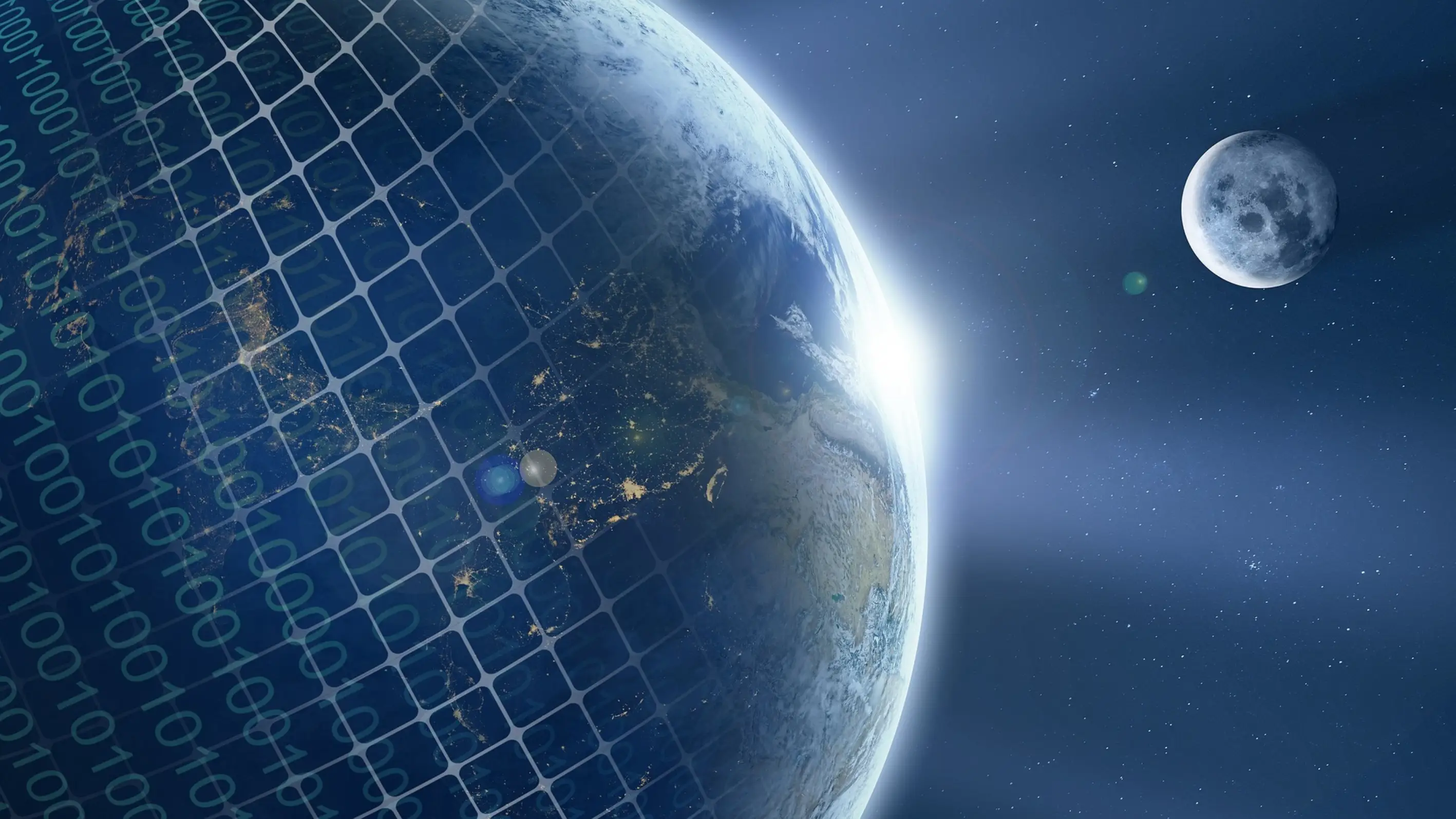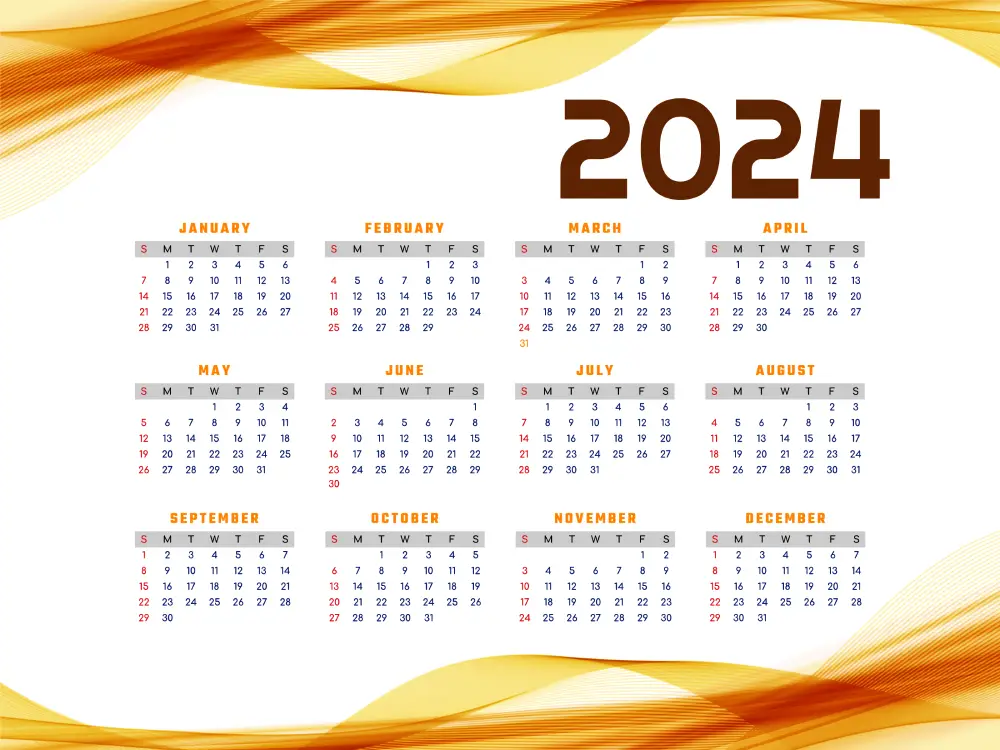What is a Simulation?
In simple words, a simulation is a computer program or model that imitates the behavior of a real-life situation, system, or process. It allows us to study how a real-life situation or system might behave under different conditions or scenarios.
For example, a simulation could be used to predict the effects of a new medication on the human body or to test the performance of a new car design in a virtual environment before building a physical prototype.
Simulations can also be used for training, such as flight simulators for pilots, or for entertainment, such as video games. Overall, simulations are a useful tool for understanding and predicting how things work in the real world.
Do We Live in a Simulation?
The idea that we might be living in a simulation, rather than a physical reality, is a philosophical and scientific hypothesis that has been discussed and debated for many years.
There is no definitive evidence to prove or disprove the hypothesis, and opinions on the matter vary widely among experts in different fields. Some scientists and philosophers argue that it is possible that our universe is a simulation, created by an advanced civilization or artificial intelligence. Others believe that the idea is purely speculative and has no scientific basis.
The belief that we might be living in a simulation is a philosophical and scientific hypothesis that has been discussed and debated for many years. Some proponents of this hypothesis offer various arguments in support of their belief. Here are a few common statements made by those who believe that we might be living in a simulation:
- The simulation hypothesis suggests that if civilization were to reach a level of technological advancement where it could create highly advanced simulations, it is likely that it would create many such simulations, possibly even more than the number of physical universes that exist.
- The universe behaves in a highly mathematical and precise way, leading some to believe that it may be a programmed simulation rather than a naturally occurring physical reality.
- The fact that we have not yet observed any evidence of other intelligent civilizations in the universe, despite the vastness of the cosmos, could be explained if we are living in a simulation that has been programmed to only include human beings.
- Some proponents of the simulation hypothesis argue that the glitches and anomalies that we sometimes observe in our universe could be explained by errors in the simulation code, similar to glitches in a video game.
Classification of Alien Civilizations - The Kardashev Scale
It's a scale developed by the Russian astrophysicist Nikolai Kardashev in 1964. The Kardashev scale categorizes civilizations based on their level of technological advancement, specifically their ability to harness and manipulate energy.
The Kardashev scale has three main categories:
Type I Civilization
A hypothetical civilization that is able to harness all of the energy available on its home planet. This includes the energy from its planet's natural resources, such as fossil fuels and nuclear energy, as well as renewable energy sources like solar, wind, and hydropower. A Type I civilization is also able to control the weather, earthquakes, and other natural disasters, and has established a sustainable and efficient global economy.
Type II Civilization
A hypothetical civilization that is able to harness all of the energy produced by its star. This includes the energy from solar flares, starspots, and other phenomena. A Type II civilization is also able to construct megastructures, such as Dyson spheres, to capture and harness the energy of their star more efficiently.
Type III Civilization
A hypothetical civilization that is able to harness all of the energy produced by its galaxy. This includes the energy from supernovae, black holes, and other cosmic phenomena. A Type III civilization is also able to travel between galaxies and has a thorough understanding of the workings of the universe.
Which Kardashev Scale Type Civilization Can Make a Simulation?
A Kardashev Type II or higher civilization would have the technological capability to create a simulation of the universe or reality. A Type II civilization is one that is capable of harnessing the energy output of an entire star, while a Type III civilization can harness the energy of an entire galaxy. Both of these civilizations would have the necessary resources and technology to simulate a universe or reality.
How Do We Test if We're Living in a Computer Simulation
Look for glitches
One way to potentially test if we are living in a computer simulation is to look for glitches or anomalies in our reality. These glitches might be similar to the bugs that occur in computer programs or video games. However, it's worth noting that not all glitches necessarily point to a simulated reality, as glitches can also occur in the natural world.
Search for computational artifacts
Another way to potentially test for a simulated reality is to search for computational artifacts, such as pixelation or other signs of digital rendering. However, it is unclear if we would be able to detect such artifacts, as they may be too small or subtle to observe.
Analyze the laws of physics
Some scientists have suggested that if we are living in a computer simulation, there may be subtle differences in the laws of physics that we observe. For example, there may be a "smallest possible length" or other computational constraints that could reveal that we are living in a simulation.
Create a simulation ourselves
One way to potentially test if we are living in a simulation is to create a simulation ourselves and see if the simulated beings within it develop their own consciousness and sense of reality. However, this would not necessarily prove that our own reality is a simulation.
What is a Real-Life Glitch?
A real-life glitch is a phenomenon or event that appears to be a mistake, error, or anomaly in reality. Glitches can take many forms, but they generally involve a deviation from what is expected or what is considered normal.
- Déjà vu: Déjà vu is a feeling of familiarity with something that one has never seen before. It can sometimes feel like a glitch in the brain as if a moment in time is repeating itself. While the cause of déjà vu is not fully understood, it may be related to the brain's memory system.
- Mandela Effect: The Mandela Effect is a phenomenon where a large group of people remembers an event or detail differently from how it actually occurred. For example, many people remember Nelson Mandela dying in prison in the 1980s, even though he was actually released from prison in 1990 and died in 2013. This discrepancy between memory and reality can feel like a glitch in the fabric of reality.
- Time Dilation: Time dilation is a phenomenon that occurs in Einstein's theory of relativity where time appears to move more slowly for objects in motion than for stationary objects. For example, astronauts on the International Space Station experience time dilation, so their time appears to move more slowly than time on Earth. This can feel like a glitch in the perception of time.
- False Memories: False memories are memories that feel real but are not based on actual events. For example, someone might remember a childhood event that never actually happened. This can feel like a glitch in the brain's memory system.
- Optical Illusions: Optical illusions can create the perception of something that is not actually there. For example, the "moving" snake illusion, where a static image of a snake appears to move, can feel like a glitch in the visual system.
It's important to consider that if we are indeed living in a simulation, we cannot discern the intentions of our simulators. It's possible that the purpose of the simulation is not solely to observe us as if we're characters in a massive, never-ending TV show, but rather to observe how long it takes the simulated beings to recognize that their reality is a simulation. If and when this occurs, the simulation may cease to exist. As such, it may be wiser to leave this question unanswered.





